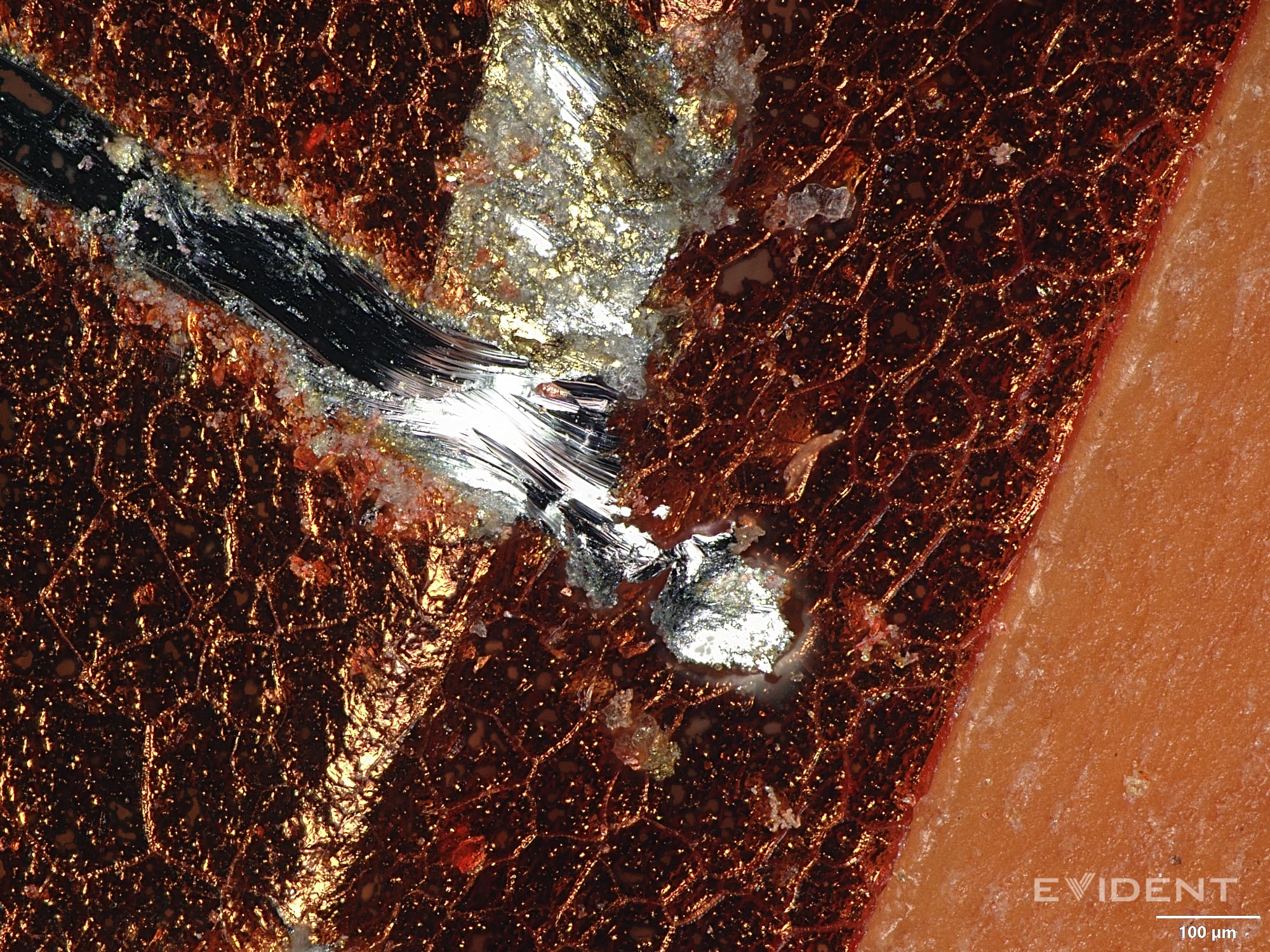
iFixit today disassembled the iPhone 17 Pro for one of its teardown videos, showing the device's internal components, like the new vapor chamber cooling system that distributes heat from the A19 Pro chip throughout the aluminum frame.
The iPhone 17 Pro's battery is attached to a battery tray, and the battery tray is connected to the iPhone 17 Pro's aluminum frame with Torx Plus screws. iFixit says that if Apple sells replacement batteries in the tray, there won't be any adhesive to deal with when doing a battery swap.
The battery tray is on top of the A19 Pro chip, and the chip includes the vapor chamber cooling system. Heat from the chip is directed to the vapor chamber, which spreads it throughout the unibody aluminum frame. iFixit used a thermal camera to compare the iPhone 16 Pro Max to the iPhone 17 Pro Max. The iPhone 16 Pro Max would get to 37.8 degrees Celsius and experience throttling, while the 17 Pro Max stayed cooler at 34.8 degrees Celsius, resulting in no throttling.
iFixit found that Apple's cooling system uses a lattice between two plates to distribute water throughout the vapor chamber. The water next to the A19 Pro chip boils and turns to steam, then the steam collects on the other side and cools down, condensing back into droplets that are sent back through the lattice structure.
iFixit conducted a scratch test on the iPhone 17 Pro's aluminum frame, and found the camera plateau to be an area that's prone to scratching. The site spoke with David Niebuhr, a mechanical engineering professor at Cal Poly. Niebuhr said that the damage is called "spalling." The sharp, flat edge of the camera plateau doesn't allow for the anodized finish to adhere as well, so the color can rub off when exposed to hard objects like keys.

The iPhone 17 Pro models have a less repairable design than the iPhone 16 Pro models because Apple did away with the dual-entry design that made repairs possible from either the back or the front of the device. It's only possible to repair the wireless charging assembly or replace the back glass from the back of the iPhone, and replacing the battery, a camera module, or the USB-C port requires removing the iPhone's display.
The battery tray that's only held in with screws makes the battery easier to replace once you get to it, plus the battery is encased in metal, which makes it safer. Replacing the USB-C port requires removing 22 screws, a process that iFixit found tedious.
Considering all of the changes, iFixit says that the iPhone 17 Pro is slightly less repairable than the iPhone Air, but Apple is providing day-one repair manuals and Apple's engineers appear to have taken repairability into account when designing the device, so it earned a repairability score of 7 out of 10.
Make sure to watch iFixit's full video to get a better look at the vapor chamber cooling system and the scratching experiments.
Article Link: iPhone 17 Pro Teardown Reveals Apple's New Approach to Thermal Management and Repairs


